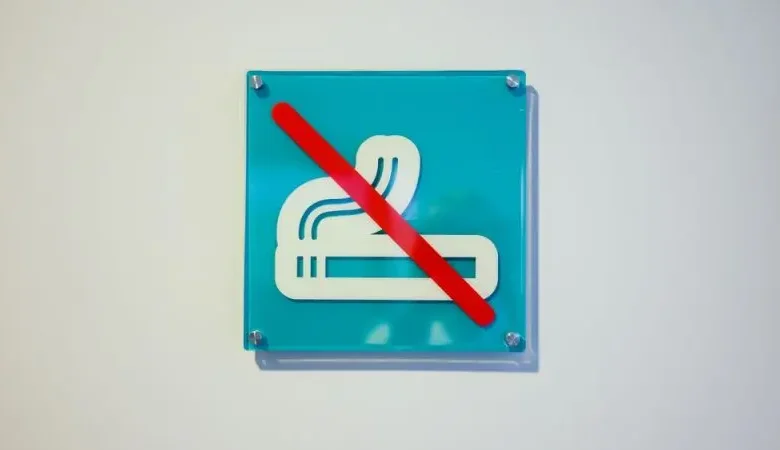UAE health ministry urge smoke-free companies to take action against violators

The UAE’s health ministry has called on companies that implement ‘tobacco-free’ policies to take disciplinary actions against employees who violate their smoking prohibition procedures. According to the Ministry of Health and Prevention (MoHAP), the smoker must first be informed about the company’s tobacco-free workplace policy and served a written notice.
“There must be a record documenting the violating person’s name and the incident location, timing, and consequences,” the MoHAP said.
This came as the ministry released a tobacco-free workplace guide for companies. A ‘tobacco-free facility’ prohibits the use of tobacco in all its forms. At such government and private entities, smoking is not allowed anywhere at the facility, including outdoor and parking areas.
UAE laws forbid smoking in closed public places. The use of any form of tobacco in all public places, including governmental, health, educational institutions, modes of public transport, and other public places, is also prohibited, according to the guide.
Dr Hussain Abdul Rahman Al Rand, assistant undersecretary for the Public Health Sector, said: “(This) guide will be used as a key resource and tool to assist both government and private entities in fostering a workplace free from the use of all tobacco products. It also comes in line with the UAE’s commitment to the WHO Framework Convention on Tobacco Control (WHO FCTC), ratified in 2005, aiming to implement effective measures that protect against exposure to tobacco smoke in workplaces, public transportation, and public places.”
Performance document
The ministry has recommended that the implementation of the tobacco-free policy initiative be made an “integral part” of the professional performance document.
“For a facility to be tobacco-free, we recommend developing and implementing written procedures.”
These procedures should be concise and straightforward:
Nomination of management and staff members responsible for overseeing the implementation of these procedures.
Raising awareness among employees about a tobacco-free environment.
Provision of essential information to employees to help them quit smoking.
Communication of the procedures to all the facility’s employees.
Measures to be followed in case of non-compliance.
Among the procedures to implement the policy are placing a board displaying the smoking prohibition measures in a prominent place at the facility entrance.
“(The firm must) strictly prohibit smoking across the facility without any exceptions, especially in indoor or closed places, as well as (its) vehicles. Smoking must not be allowed in any part of the facility, including outdoor and parking areas. There must be no designated smoking rooms within the facility,” the guide said.
Companies must remove all cigarette receptacles. The policy must be applied to everyone in the facility “without any exceptions”, including managers, employees, workers, contractors, experts, consultants, suppliers and visitors.
Companies must place an “adequate number” of no smoking signs in prominent places across the facility. “The signs must indicate the smoking prohibition and the associated penalties. It is imperative to place no smoking signs across the smoke-free facility, including all closed places, waiting rooms, corridors, elevators, and other areas, where smokers are likely to use.”
Dangers of passive smoking
Tobacco smoke contains more than 4,000 toxic chemicals.
“Scientific studies and research have demonstrated that exposure to passive smoking increases the risk of critical conditions, such as coronary artery disease, angina pectoris, asthma attacks, lung cancer, sudden infant death syndrome, and respiratory diseases in childhood. Emissions from any form of tobacco smoking or heating pose a health risk to individuals surrounding the smoker, as particles of heavy metals persist in the air for long periods,” the guide stated.
Ventilation systems only remove the smell and visible aspects of smoke, “not the toxic substances causing cancer.”









